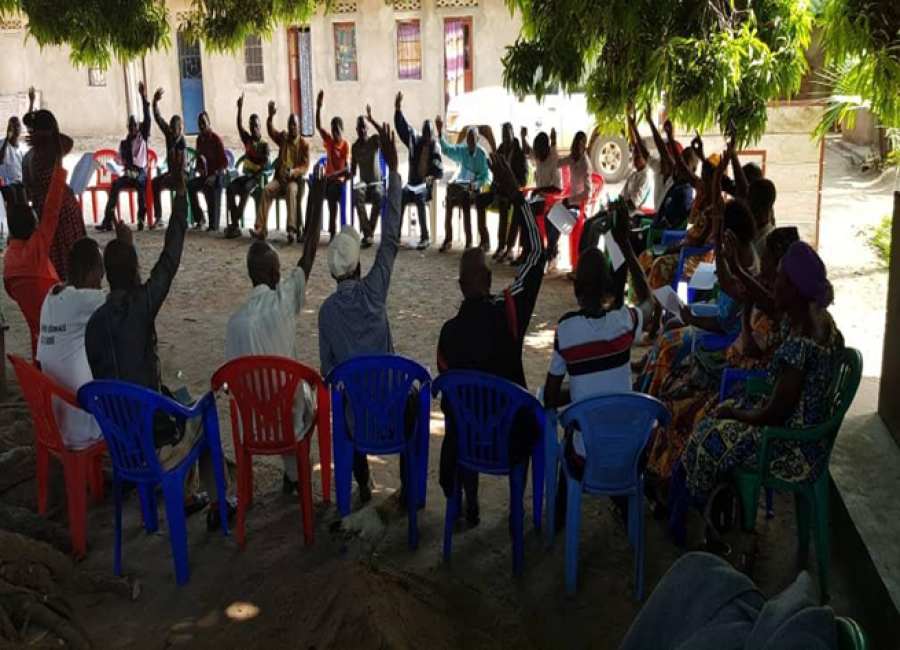YAOUNDE -- Two-thirds of the forests in the Congo River Basin could disappear within 50 years if logging and mineral exploitation continues at current rates, environmental group WWF said in a report.
The Congo Basin, the world's second largest tropical forest after the Amazon, loses some 3.7 million acres a year to agriculture, logging, road development, oil exploitation and mining, WWF's Central African regional office (CARPO) said in a report published late on Thursday.
"Tropical forest is vanishing at a rate of 5 percent a decade, wrecking habitats and releasing 3 billion tonnes of carbon dioxide a year, which is a fifth of global greenhouse emissions," CARPO director Laurent Som? said in the report.
About 400 mammal species live in the Congo Basin, including the world's largest populations of lowland gorillas, chimpanzees, bonobos and forest elephants, all under threat as their habitat is destroyed.
More than 655 bird species fly under its dense canopy and over 10,000 plant species take root in the forest floor, many of them unique to the region and containing medicinal properties.
"The region is blanketed by a patchwork quilt of logging concessions. While the logging itself is usually selective and does little damage, the associated roads, infrastructure and migration degrade surrounding landscape and result in massive wildlife depletion," the report said.
"Studies show that if current trends continue, two-thirds of the Congo's forests could be lost within 50 years."
As well as endangered wildlife, central African forests also harbour vast reserves of minerals which still remain to be tapped and experts say there is a huge potential for the generation of hydroelectric power.
But clearing for agriculture and mining for diamonds and coltan -- a compound found in electronic goods including mobile phones -- are already destroying large parts of the Congo Basin's 470 million acres (200 million hectares) each year.
Parrots, crocodiles and lizards are also hunted for trophies, fetishes and the pet trade, while elephants are still poached extensively for their meat and ivory.
The forests are also home to the pygmies, traditional hunter-gatherers known for their singing, drumming and dancing in honour of the 'Jengi' or the Spirit of the Forest.
The pygmies, too, with their almost mystical knowledge of the forest and its wildlife, must be protected, WWF said.
The environmental group has been working in the Congo Basin for more than two decades, creating millions of acres of protected areas, sometimes across borders, introducing sustainable forest management plans and raising awareness.
One of the plans to make logging sustainable involves certifying certain areas as viable for timber firms. Dutch lumber company Wijma became the first firm in the region to operate in such a concession covering 45,000 acres in January.
The Congo Basin covers Democratic Republic of Congo, most of Congo Republic, the southeastern reaches of Cameroon, southern Central African Republic, Gabon and mainland Equatorial Guinea.
WWF is looking for 300,000 more acres to be certified in Congo Republic in the months ahead.
Source: Reuters


